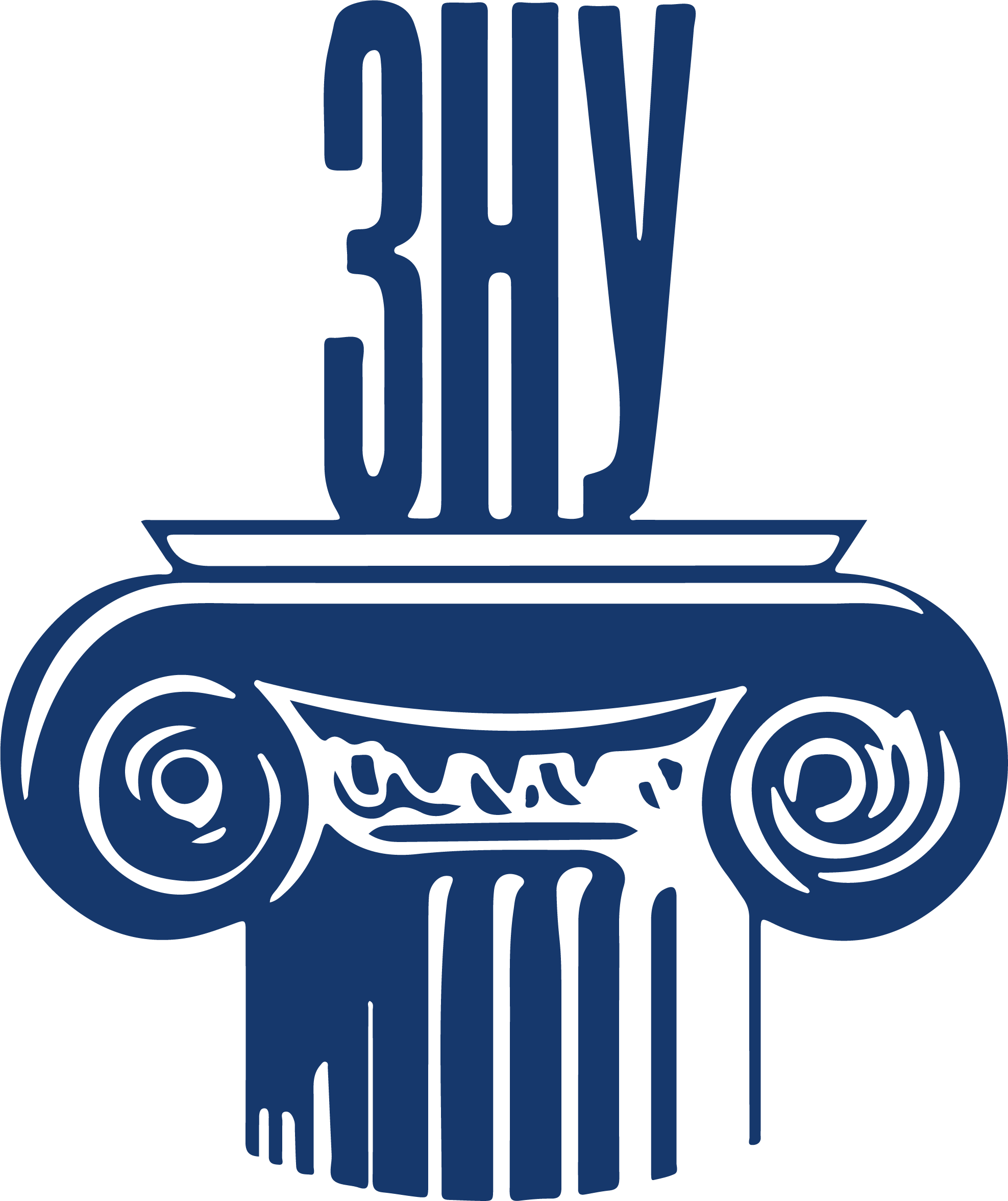THE IRONIC MODE AS A CHARACTERISTIC FEATURE OF NEO-MYTHOLOGISM IN TERRY PRATCHETT’S NOVEL “FEET OF CLAY”
Abstract
The article examines the ironic mode as a key element in constructing neomythologism in Terry Pratchett’s novel “Feet of Clay”. The study considers the basis of the comic nature, its manifestations in the text (at the level of forms and devises), and explores the use of irony both as a trope and as part of postmodern poetics, which allows authors to create a dual reading of the text-one that is obvious and embedded directly in the text and another that lies hidden in the subtext. Special attention is given to the use of irony from the perspective of deconstructing traditional narratives. The article provides a detailed analysis of how the author reinterprets myths in an ironic way, using mythological creatures as hyperbolic embodiments of the traits of an imperfect society and its structures. The study explores how the author retains the archetypal characteristics of his characters, which allows for a captivating narrative in a fantasy world, while also introducing social issues faced by people in the modern world. In particular, the work highlights how the author raises themes of exploitation and dogmatism (golems), stereotypes and identity (werewolves), conservatism and gender (dwarves), imperfections in the law enforcement system (trolls), and abuse of power (vampires) through the use of irony and references to myths. The article demonstrates how irony goes beyond a mere stylistic device and becomes embedded in the narrative structure, creating a multi-layered story with the potential for dual interpretation, in which mythological creatures are not merely comic elements that uphold the overall humorous tone of the work but also serve as veiled, ironic commentaries on relevant social issues. The article concludes by noting the significance of the study for further analysis of the role of irony in the construction of postmodern text and its potential to serve as a social criticism constructor through reference to myths. This work contributes to the study of contemporary literature and the ways mythological images are reinterpreted within it.
References
2. Білецька О.О. Іронія як феномен культури (на прикладі британської літератури). Культура і мистецтво у сучасному світі. 2016. № 17. С. 25–34.
3. Василина К.М., Ніколова О.О. Теорія літератури : навчальний посібник. Запоріжжя : ЗНУ, 2012. С. 134–154.
4. Кропивко І.В. Постмодерністська іронія і сміх: специфіка і наукова рецепція. Alfred Nobel University Journal of Philology. 2020. Т. 20, № 2. С. 20–32.
5. Морозова Л. Іронія як форма реалізації комічного у художньому творі. Наукова думка сучасності і майбутнього : збірник статей учасників ХIV Всеукраїнської практично-пізнавальної інтернет-конференції. URL: h t t p : / / n a u k a m . t r i a d a . i n . u a / i n d e x . p h p /k o n f e r e n t s i j i / 4 4 - c h o t i r n a d t s y a t a - vseukrajinska-praktichno-piznavalna-internetk o n f e r e n t s i y a / 2 5 3 - i r o n i y a - y a k - f o r m a - realizatsiji-komichnogo-u-khudozhnomu-tvori (дата звернення: 11.10.2024).
6. Рабокоровка Г. Філософські роздуми про природу комічного. Вісник Житомирського державного університету імені Івана Франка. Серія «Філософські науки». 2021. № 2 (90). С. 177–187.
7. Савега А.О., Кретова О.І. Тотальна іронія в постмодернізмі. Актуальні проблеми природничих та гуманітарних наук у дослідженнях молодих учених «Родзинка – 2018» : збірник статей учасників XX Всеукраїнської наукової конференції молодих учених. 2018. С. 265–267.
8. Bergson H. Laughter: An Essay on the Meaning of the Comic / trans. from French by C. Brereton, F. Rothwell. Psychological Bulletin, 2020. URL: https://www.gutenberg.org/cache/epub/4352/pg4352-images.html (date of access: 04.10.2024).
9. Pratchett T. Feet of Clay. URL: https://allnovel.net/feet-of-clay-discworld-19/page-1.html (date of access: 04.10.2024).
 ISSN
ISSN 


.png)



